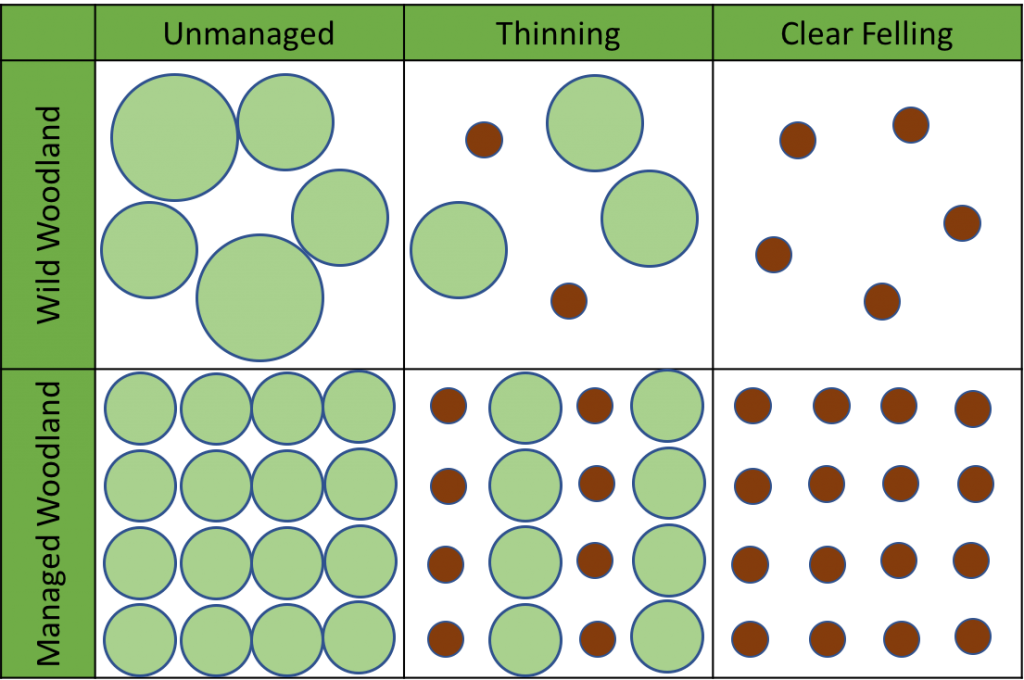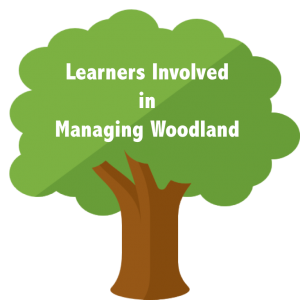Why do we manage woodland?
In general many small woodlands are currently under-managed. However, there are a number of key reasons why these woodlands need to be managed, especially when using them for Forest School Programs.
For Wildlife – Re-instating appropriate management ensures that wildlife is maintained, protected and enhanced. To restore woodlands to their native habitat type detrimental species need to be gradually replaced with native species.
Ancient Woodlands in the landscape – The management of these woodlands and forests has helped to create a stunning landscapes.
Multi-purpose woodlands – Woodlands and forests are used in many ways and can support the local economy through provision of jobs and products. They also play an important role in leisure and recreation activities and education(Including Forest Schools).
Protection – Woodlands need protecting from deer and squirrels. They need to be managed carefully to prevent this damage and allow the woodlands to regenerate naturally.
How do you manage Woodland?
By managing woodlands, their value will increase for wildlife as well as economically. This can be essential for ensuring the viability of your forest school program.
Felling and Thinning – Depending on the tree species, thinning can take place at 10-25 year intervals. The main reasons for thinning are to improve timber quality or biodiversity and the techniques will differ depending on the aims. Clear felling is undertaken for commercial reasons, mainly with conifer species.

Coppicing – A traditional method of ‘harvesting’ broadleaved trees, usually for economic reasons but more recently to maintain biodiversity interest within a site. It involves cutting at, or close to, ground level which encourages and stimulates the growth of new shoots from the stump. Depending on the species, the regularity of cutting is typically between 7-10 years for hazel and up to 20-25 years for ash.

Continuous Cover – Continuous cover forestry involves the maintenance of a forest canopy during all stages of regeneration and has a presumption against large areas of clear felling. This results in a very structurally diverse woodland or forest, in many cases much better for wildlife.
New Planting – New plantings are an important part of woodland management and can greatly enhance existing woodlands. Many of Dorset’s woodlands are quite isolated and by planting new woodlands in between these areas can be linked.
The are some key considerations when managing Woodland for the use of Forest Schools, click the trees below to learn more:



